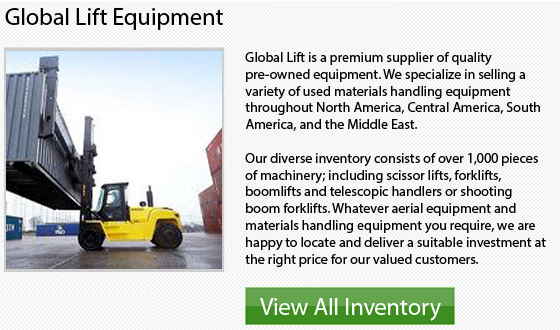
Forklift Tank Safety
Amongst the most common types of lift trucks available is a propane-powered unit. The propane is used to fuel these machines and it has several properties which need to be considered when working with the fuel tank. It is very essential that PPE or also referred to as Personal Protective Equipment is worn at all times to be safe.
PPE or Personal Protective Equipment
Propane is a really cold gas. It is too cold to touch because skin exposure could lead to severe burns. Whenever you are exchanging the propane tank or re-fueling, be sure to wear goggles or a full face shield and thick gloves. PPE is a requirement to be used on location in order to keep the driver as safe as possible. PPE or Personal Protective Equipment is a standard workplace requirement for the majority of companies utilizing this equipment and if the driver does not have the correct items on, like for instance safety goggles, steel-toe boots, a hardhat and so forth than she or he might be banned from operating the equipment.
Inspect the Valve
Before connecting the fuel line in the process of exchanging the tank, make certain that the new tanks valve is turned off. This is really important because when you are inserting the fuel line into an open valve, you would release the propane gas. This situation can lead to a potentially hazardous condition.
Fire Extinguisher
Another important safety measure to have implemented is to have a fire extinguisher close by when the tank is being changed or fuel is being added. Nearly all businesses have fire extinguishers situated next to the refueling post. It is better to have one close by and not require it, than to need one and not have one handy. Most safety regulations require this is set up on location also.
Secure the Tank
The majority of propane tanks are strapped securely into place by some type of strap or restraining device. Be sure that this device is correctly working and correctly utilized so that you could prevent the tank from shifting or falling, as this can also result in a hazardous condition.